Export turnover value in 2025 could reach 1 billion USD
According to Mr. Tran Cong Khoi, Deputy Director of the Department of Aquaculture (Directorate of Fisheries): The total marine farming area in our country is currently about 85,000 hectares with an average growth rate of 23.3%/year (not including 202,000 hectares of intercropping with other species); with 8.9 million cubic meters of cages and rafts. Marine farming output in 2022 will reach 750,000 tons with an average growth rate of 16%/year. According to incomplete statistics, by the end of 2022, there will be 7,447 marine farming facilities with 248,768 cages and rafts.
The project on developing marine aquaculture to 2030, with a vision to 2045, sets a target that by 2025, Vietnam's marine aquaculture area will reach 280,000 hectares, the cage volume will reach 10 million cubic meters, the marine aquaculture output will reach 850,000 tons, and the export value will reach from 0.8 to 1 billion USD. By 2030, the marine aquaculture area will reach 300,000 hectares, the cage volume will reach 12 million cubic meters, the marine aquaculture output will reach 1.45 million tons, and the export value will reach 1.8-2 billion USD. By 2045, our country's marine aquaculture industry will reach an advanced level with modern management methods. The marine aquaculture industry will become an important part of the fisheries industry, contributing more than 25% of the total output and the export value will reach more than 4 billion USD.
Still mainly spontaneous, small-scale, coastal
The potential of marine aquaculture is huge, but the current implementation method is still limited. There are currently 445 facilities producing marine fish breeds, with an output of about 550 million fish breeds; 390 facilities producing mollusc breeds (clams, oysters, clams, etc.) with an output of 45 billion. Most of the breeds for marine aquaculture have been actively produced, but the production efficiency is not high. Some aquatic species still depend mainly on the source of breeds exploited from nature and imported. Especially for lobsters, because the source of breeds is not yet proactive, Vietnam has to import about 5 million breeds each year. According to Mr. Tran Dinh Luan, Director General of the Directorate of Fisheries: Currently, the number of marine aquaculture facilities in Vietnam is still mainly spontaneous, small-scale, and coastal. The form of marine aquaculture mainly uses traditional food. This form of farming is not economically efficient, and also affects the environment.
Agreeing with this view, Associate Professor, Dr. Nguyen Huu Dung, Chairman of the Vietnam Seafarming Association commented: "Up to now, we still lack planning, regulations, standards, and human resources in the field of seafarming. The infrastructure for seafarming is both lacking and weak, not meeting the requirements on an industrial scale. This is one of the reasons why our country's seafarming is still small-scale. Vietnam is a coastal country with great potential for seaweed farming. However, because this potential and strength have not been exploited, Vietnam still imports hundreds of thousands of tons of dried seaweed every year.
Need to build mechanisms and policies for marine aquaculture development
According to agricultural experts, in order for Vietnam's marine aquaculture to fully exploit its potential and advantages, it is necessary to develop mechanisms and policies for marine aquaculture development such as: The State grants long-term rights to use the sea area (30-50 years) to investors, has credit policies, supports human resource training, marine aquaculture insurance, etc. Along with that, it is necessary to build a value chain for key marine aquaculture products, from the stages of seed production, feed, farming, preservation, processing, export, developing supporting industries and services. It is necessary to develop marine aquaculture in coastal bays, along islands and archipelagos, offshore and onshore, promoting the biodiversity of tropical regions.
Mr. Ngo Hung Dung, Director of Tan An Seafood Joint Stock Company, said that his company is ready to go out to sea 6 nautical miles from shore, investing millions of USD to develop marine farming. However, in order for marine farming to develop in the future, Mr. Dung hopes that the State will soon have clear mechanisms, policies, and legal frameworks so that businesses can confidently invest.
Mr. Ngo Tat Thang, Deputy Director of the Department of Agriculture and Rural Development of Quang Ninh province, said: "The concept of marine farming needs to be expanded in the direction of using marine resources (seawater) and not necessarily limited to the meaning of raising and growing aquatic and seafood products at sea. For example, the model of soft-shell crab farming in Hanoi and some localities is a model of marine farming on land.
According to Minister of Agriculture and Rural Development Le Minh Hoan: In the past, management barriers have hindered the expansion of limits and the exploitation of the potential of the marine aquaculture industry. The Minister said that the subjects of marine aquaculture are not only "shrimp, squid, fish..." but also include a series of other potential subjects such as seaweed, coral... Currently, there is a situation where marine aquaculture research institutes are limited, only limited to the field of technology and engineering but do not have a market research department. Therefore, institutes need to coordinate with businesses and industry associations in marine aquaculture to form a value chain to participate in the market, and new scientific research products can contribute to society. Scientists cannot go alone. Marine aquaculture space needs to be expanded inland to diversify technology and diversify industries in the field of marine aquaculture. People do not necessarily only raise shrimp and fish, but can look for other potential subjects that have been introduced by research institutes, schools, and the local agricultural sector. From there, other issues such as capital, credit, training, production processes, market trends, etc. can be considered.
Thus, it can be seen that the successful development of marine aquaculture not only brings economic efficiency and added value but also contributes to the sustainable development of Vietnam's fisheries industry, preserving and protecting the rich and diverse marine ecosystem. Therefore, comprehensive and encouraging policies are needed in this field.
Article and photos: NGUYEN KIEM
Source





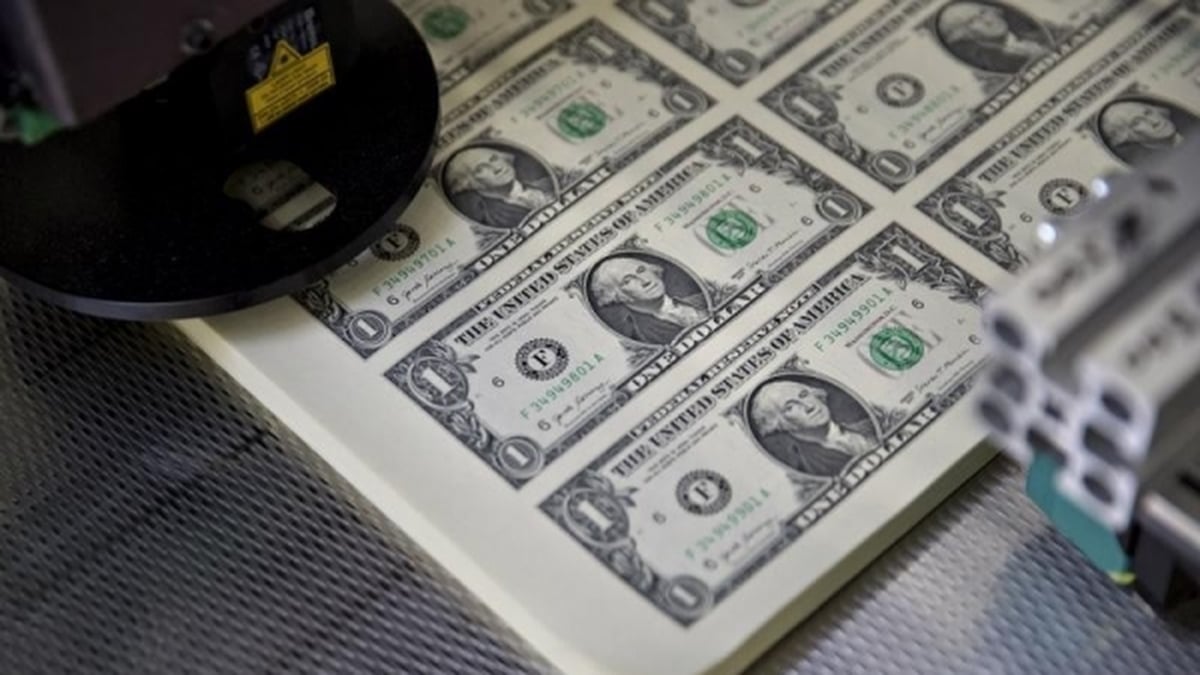
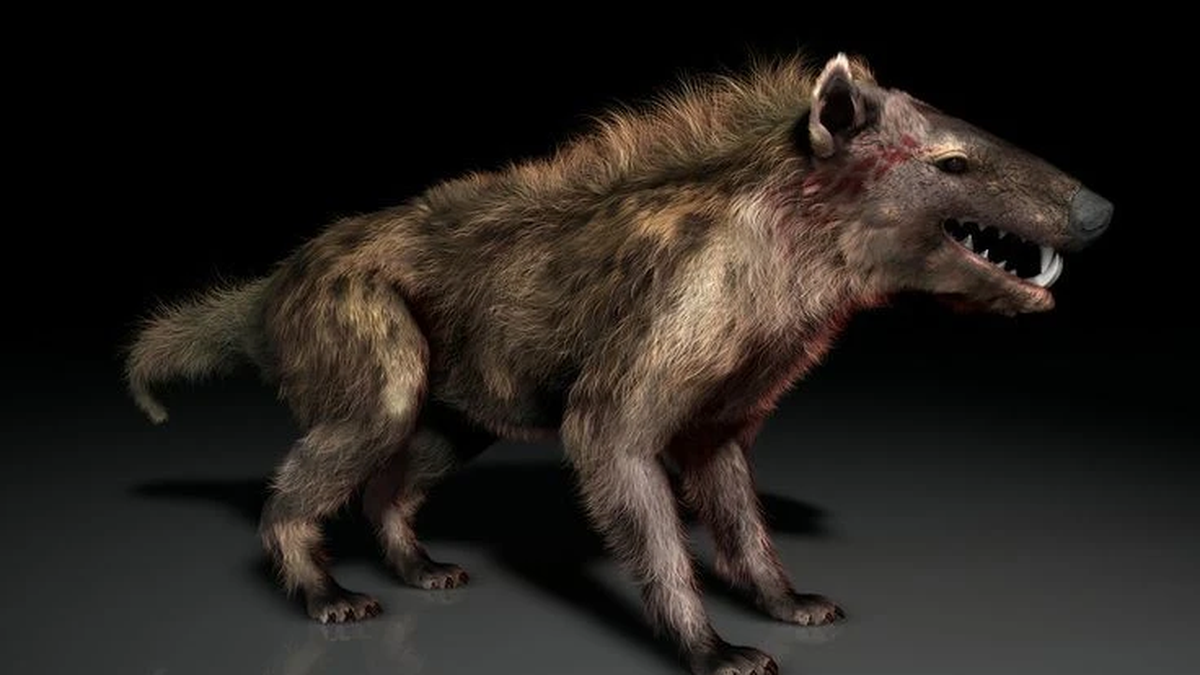
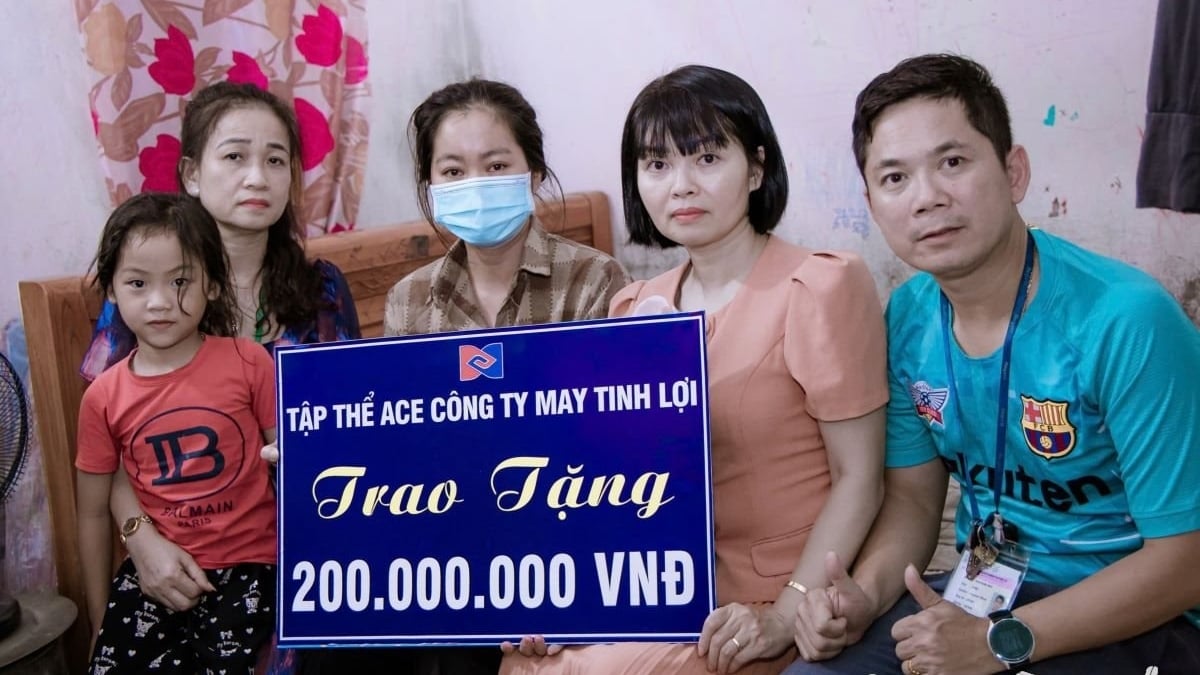


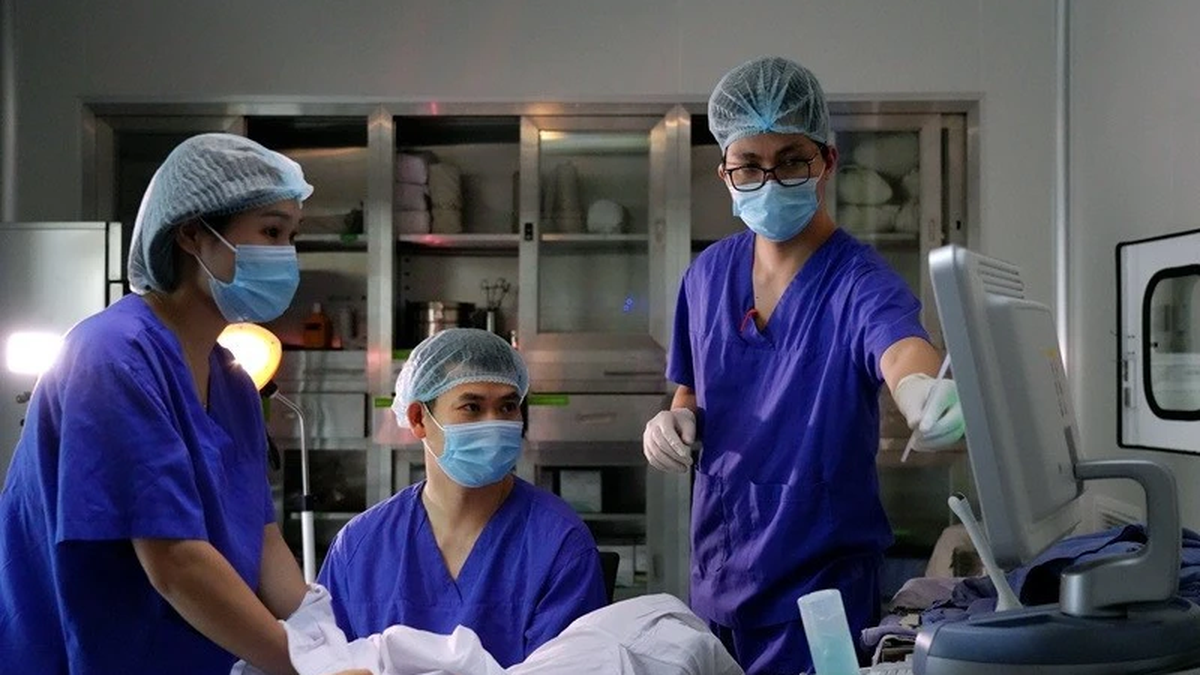
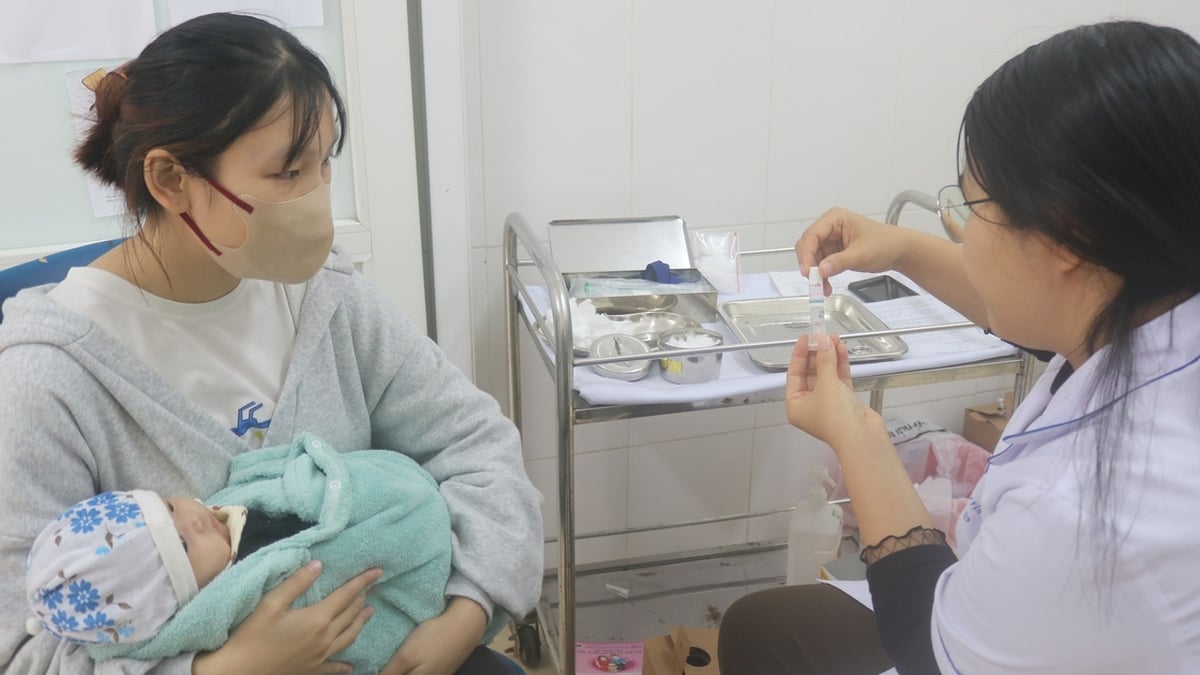































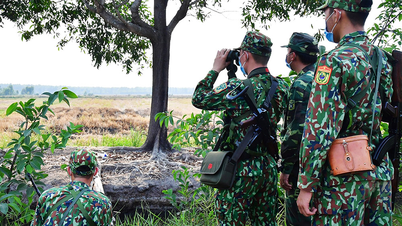











![[Maritime News] Container shipping faces overcapacity that will last until 2028](https://vphoto.vietnam.vn/thumb/402x226/vietnam/resource/IMAGE/2025/7/30/6d35cbc6b0f643fd97f8aa2e9bc87aea)





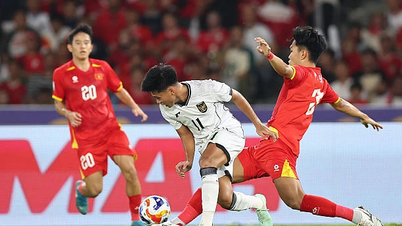
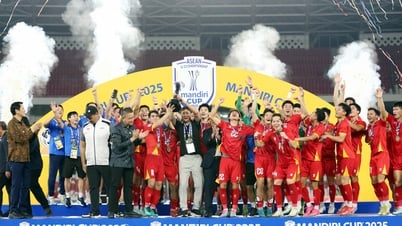































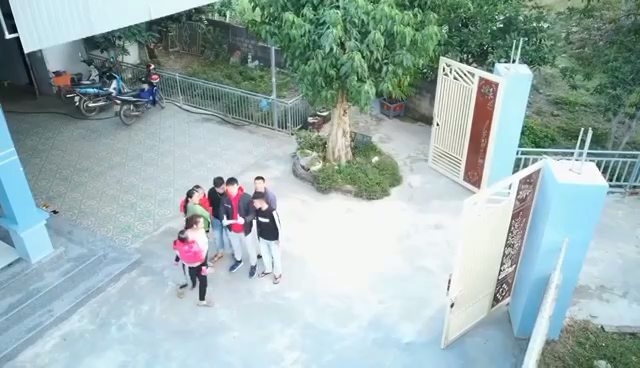
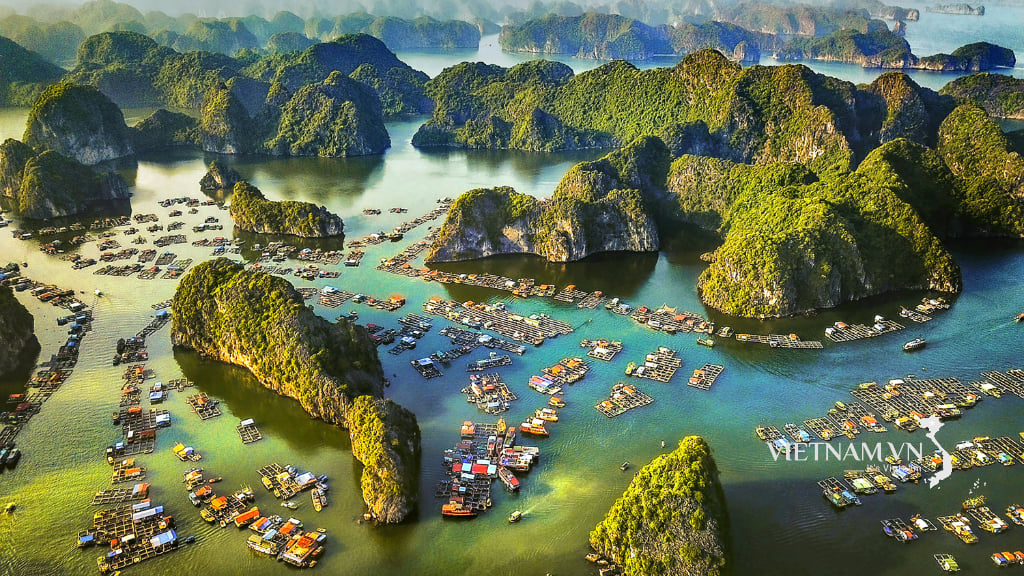
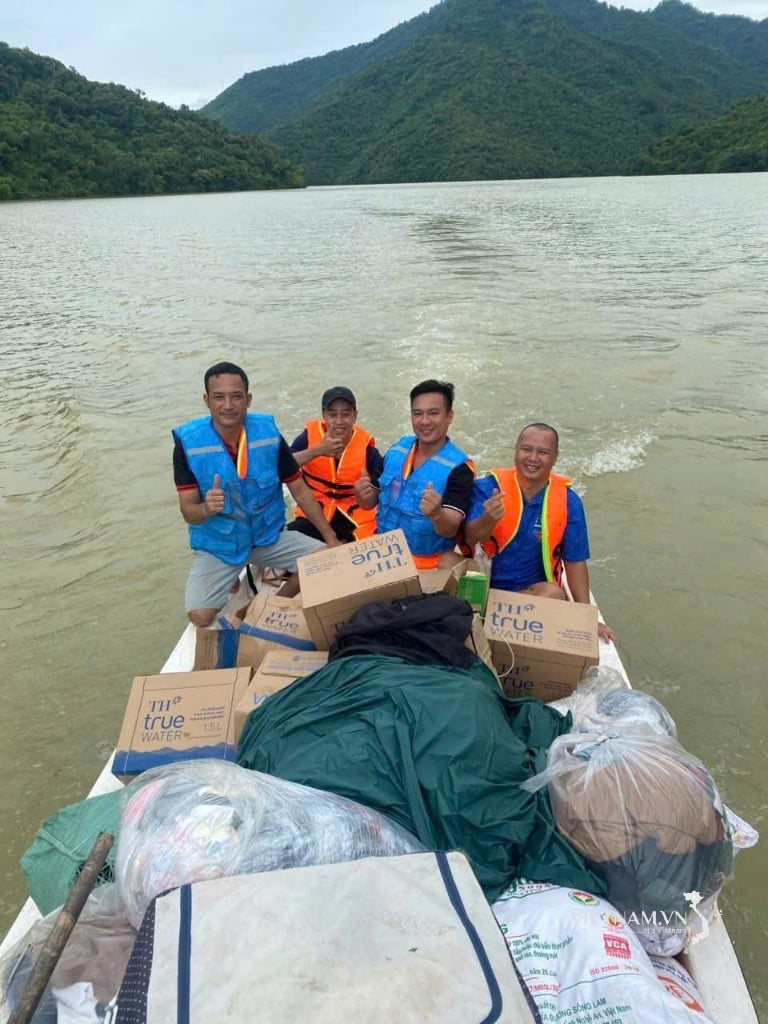

Comment (0)